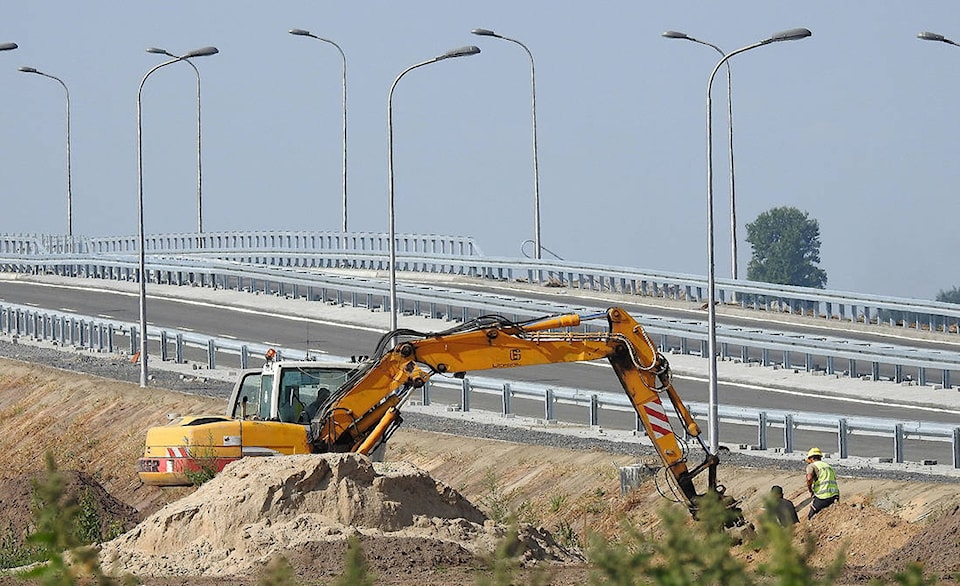BY MARJORIE STEWART
Eco-anxiety is not yet recognized as a psychiatric disorder. But as eco-shocks continue, anxieties multiply. Millennials anticipate a bleak future. Young Swedish activist Greta Thunberg’s school strike action against climate change inaction has galvanized youth movements worldwide.
Climate is not the only human-aggravated eco-shock, even if apparently the most terrifying. Our planet will not support the devastation caused by excessive human population and resulting unsustainable levels of consumption of resources. Worst yet, while we have seen empires come and go through the millennia, that was never in the context of the kind of global technological efficiency surrounding China’s plans for the largest infrastructure project ever undertaken.
China’s achievement in pulling billions out of poverty is admirable and demonstrates how effective a totalitarian government can be on occasion. But China’s current plan to circumscribe the world by land and sea with transportation and production infrastructure is a catastrophic social and ecological threat.
The Belt and Road Initiative was launched in 2013 by President Xi Jinping. BRI or One Belt, One Road is a land-based road ‘belt’ to connect China with Europe, plus a sea-based ‘road’ crossing the Indian Ocean to Africa up through the Mediterranean and reaching over the Pacific as far as Oceania and Latin America. The BRI currently involves some 90 countries and is expected to cost more than $1 trillion US.
According to Grain.org, a European non-profit supporting small farmers and social movements struggling for community-controlled and biodiversity-based food systems, BRI projects “are likely to further concentrate power in the global food system and undermine national food security, local food producers and rural communities.” And “the BRI’s model of infrastructure-driven economic growth is based on grabbing large areas of land and territory to convert to economic corridors. This necessarily involves the loss of forests, ecosystems, traditional livelihoods and biodiversity. What’s more, all of BRI’s projects are high carbon-emitting initiatives.”
BRI has invested $43 billion US in agricultural production outside China and has already created issues of “debt, threats to national sovereignty, land grabbing, displacement, human rights abuses in conflict zones, environmental impacts, public health concerns and labour violations” across Asia and Africa.
The timing could not be worse. While existing global industrial food systems fail, this grand plan foreshadows development more like the 19th century than the 21st.
However, an antidote to inevitably increasing eco-anxiety is offered by professor Raymond De Young, who studies the process of re-localization at the University of Michigan: “The goal is to share narratives that portray life under a prolonged energy descent in a way that people crave the experience enough to seek it now… Responding well to biophysical limits will require that people weave together new and old skills, behaviours, values, and goals. If while doing this people reflect on the success of their ordinary accomplishments, then they might experience lean times but gain extraordinary benefits.”
In other words, we can avoid eco-anxiety by focusing on localization at the community level. We have plenty of examples all around us.
Marjorie Stewart is past chairwoman of the Nanaimo Foodshare Society. She can be reached at marjorieandalstewart@gmail.com.
